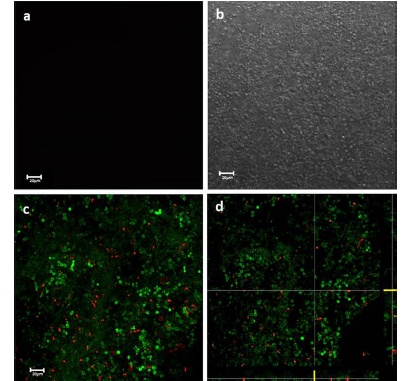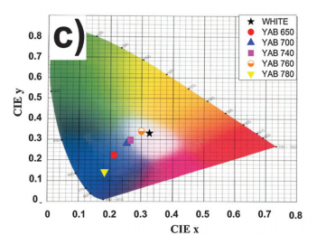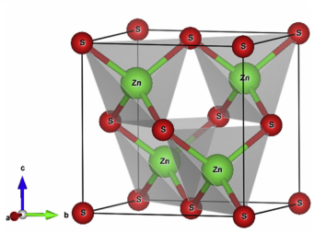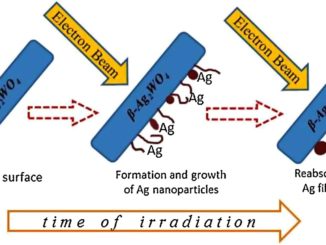
Susceptibility of multispecies biofilm to photodynamic therapy using Photodithazine (R)
Abstract: This in vitro study evaluated the effect of photodynamic therapy (PDT) on the multispecies biofilm of Candida albicans, Candida glabrata, and Streptococcus mutans. Standardized fungal and bacterial suspensions were cultivated appropriately for each species and inoculated in 96-well microtiter plates for mix-biofilm formation. After 48 h of incubation, the biofilms were submitted to PDT (P + L+) using Photodithazine® (PDZ) at 100, 150, 175, 200, or 250 mg/mL for 20 min and 37.5 J/cm2 of light-emitting diode (LED) (660 nm). Additional samples were treated only with PDZ (P + L−) or LED (P−L+), or neither (control, P−L-). Afterwards, the biofilms were evaluated by quantification of colonies (CFU/mL), metabolic activity (XTT reduction assay), total biomass (crystal violet staining), and confocal scanning laser microscopy (CSLM). Data were analyzed by one-way ANOVA and Tukey tests (p < 0.05). Compared with the control, PDT promoted a significant reduction in colonies viability of the three species evaluated with 175 and 200 mg/mL of PDZ. PDT also significantly reduced the metabolic activity of the biofilms compared with the control, despite the PDZ concentration. However, no significant difference was found in the total biomass of samples submitted or not to PDT. For all analysis, no significant difference was verified among P−L−, P + L−, and P−L+. CSLM showed a visual increase of dead cells after PDT. PDT-mediated PDZ was effective in reducing the cell viability of multispecies biofilm.
Author(s): Costa Quishida, Cristiane Campos; Carmello, Juliana Cabrini; de Oliveira Mima, Ewerton Garcia; et al.
Lasers in Medical Science
Volume: 30 Issue: 2 Pages: 685-694 Published: 2015
DOI: http://dx.doi.org/10.1007/s10103-013-1397-z
PDF: Susceptibility of multispecies biofilm to photodynamic therapy using Photodithazine (R)




